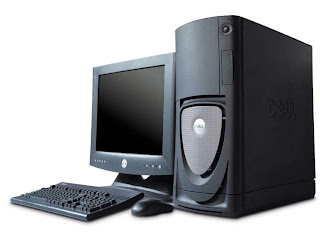Tips For Organizing Your Computer Desktop
 Organizing things is a tedious work. We often think that arranging everything such as unused files or books and newspapers that are already read is the last task we have to do. Since we think that way, such a task is often ignored. We only feel the need to do it when everything is obviously messy.
Organizing things is a tedious work. We often think that arranging everything such as unused files or books and newspapers that are already read is the last task we have to do. Since we think that way, such a task is often ignored. We only feel the need to do it when everything is obviously messy.
You may have organized your folders and papers easily by putting them into file organizers that are bought in malls. But what about organizing your computer desktop? Would you feel the same way with organizing your bulk of papers and ancient-old manila envelopes? Perhaps, a majority would answer “yes.”
Most of us are guilty of saving files anywhere in the computer. Files of different types are scattered on the desktop. This usually happens to people who are always busy. They think that arranging their “soft” files is time-consuming and that it is the least priority to think about. They only feel the importance of organizing those files when a certain file is needed to be retrieved to be used for important purpose. Certainly, it would take 48 years to find the files. Searching the files may not take long if there are only few files being stored in your computer. But what if there are thousands of word files or excel sheets saved anywhere in your hard disk? The searching would consume much time. This can be avoided if the files are organized well, especially those that are saved on the computer desktop.
Here are some tips to organize your desktop and your files.
(a) Save your files to “My Documents” or any location you think is easily recalled and where you can easily retrieve your files. It is advisable not to populate your computer desktop. Save files as few as possible. You have to create folders for several file types and according to use; five folders for your desktop folders may be enough for easy file retrieval. Always bear in mind that there should be no individual files on your desktop to avoid messy-looking computer desktop-only folders.
(b) Inside desktop folders, create main folders for more specific categories of your files. Save move your files according to relevant folders. Make sure that your folder names are descriptive of what files are in them.
(c) If you think that you still have hundreds of files in your folders, further break them down into subcategories.
Just continue the process of creating folders inside folders until every file belongs to specific (categorized) folder. The goal of doing this is to let you know right away what kind of files are inside the folder. Also, you will not be distracted with the individual files scattered on your computer desktop.